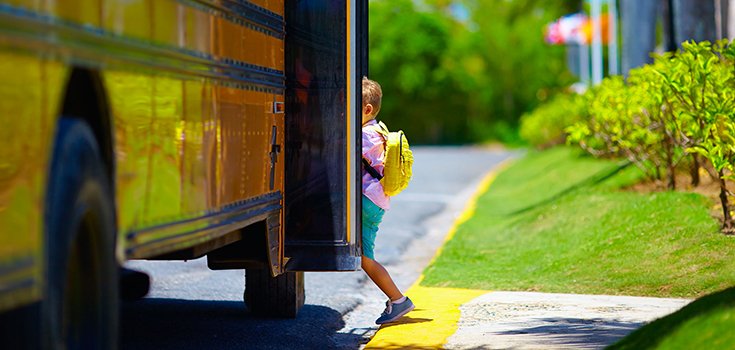California Schools Protect Children with Stronger Pesticide Use Rules

Schools and daycare centers in California are now required to report their annual use of pesticides to the California Department of Regulation (CDPR) in a move to protect children from numerous agricultural chemicals. The requirement is part of the state’s Healthy Schools Act, which was created in order to implement stronger controls on pesticide use.
Starting July 1, 2016 school staff that are involved in spraying pesticides will be required to complete in-school training to help minimize exposure to children. Previously a contractor conducted the pesticide spraying, but now a member of the school’s own staff will be required to undergo the training and then administer pesticides. This is a big step toward holding schools and daycare centers accountable for the amount of toxic chemicals our children are being exposed to every year.
Even low-levels of pesticide exposure have been linked to multiple health concerns ranging from learning disabilities and asthma to more serious concerns like cancer and lung disease. Children are increasingly being exposed to pesticides too, in more than just rural areas, with urban exposure becoming an acute risk.
In California, each district must report the number and amount of pesticides being used, which will then be made available to the public. You can be certain that schools spraying high levels of pesticides will be haunted by parents concerned for their children’s well-being.
Rob Corley, field representative for the State Department of Education said,
“The real effect. . .means that school districts will have to start taking much better records of all the pesticides and regulated ingredients they use.”
This move by California echoes recent attempts by regulators in Hawaii to create pesticide-free zones around schools and hospitals throughout the state. A grass-roots coalition has been pushing for a measure that would ensure these protections for children, the elderly, and the infirm for some time now.
State Rep. Chris Lee, chair of the State House environmental protection committee in Hawaii said,
“We want to provide meaningful protections that are going to keep pesticides from drifting into our schools and hospitals and affecting our kids. I think protecting our kids from chemicals is a common sense thing that everybody can get behind.”
Thus far, attempts to instate pesticide-free zones have been rejected by the Hawaii State Agricultural Committee.
House Bill 1514 sought to prohibit farmers from using large amounts of pesticides within a specified distance of schools and hospitals, known as buffer zones. However, Monsanto has been actively blocking HB 1514, arguing it would harm the state’s $243 million seed industry (which Monsanto largely controls).
Children’s exposure to pesticides has been a constant concern in California as well. Children in Salinas Valley are especially at risk, according to a state report on pesticide use near schools. The report, issued by California Environmental Health Tracking Program (CEHTP), titled Agricultural Pesticide Use Near Public Schools in California, calls for buffer zones that are greater than 500 feet. About 36 percent of schools that spray closer than this are having repeated health concerns crop up.
Persistent and toxic pesticides such as chlorpyrifos, methyl bromide, and malathion are among the pesticides found to be applied near schools and hospitals. Health risks associated with these and other pesticides are extensive.
Source:
